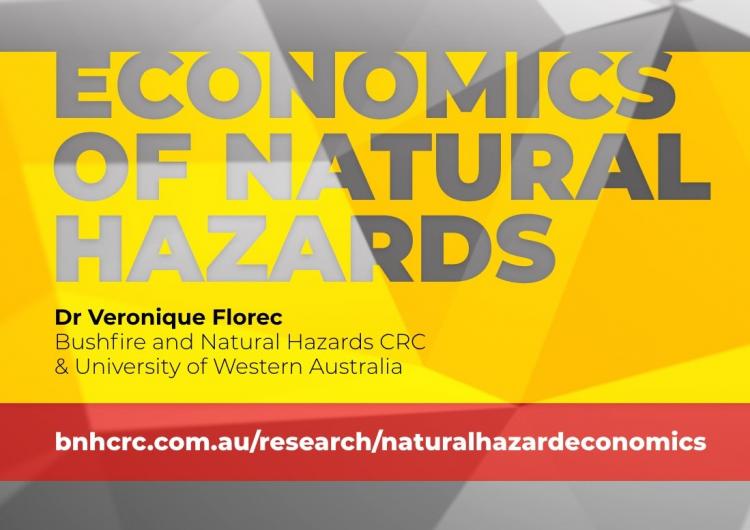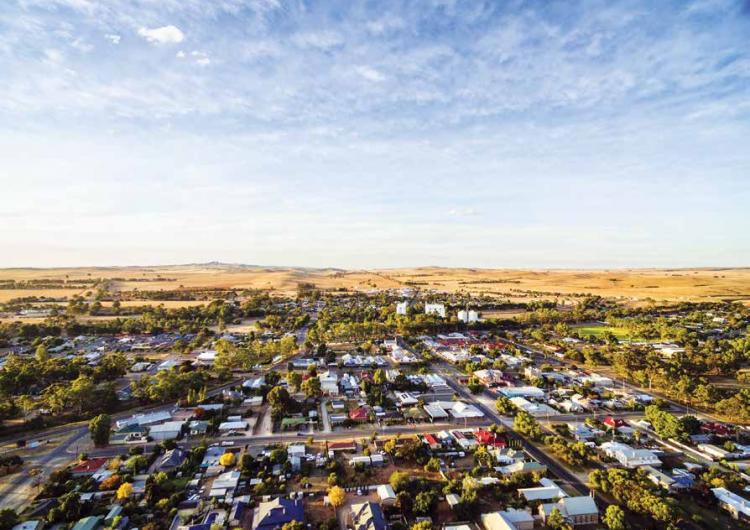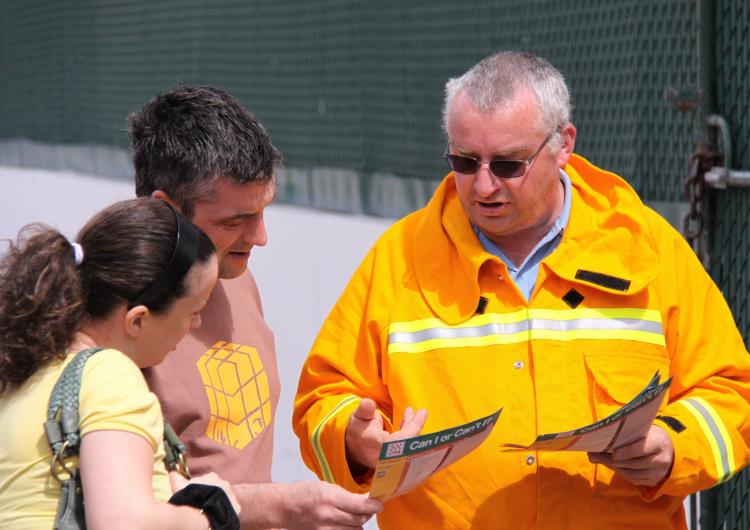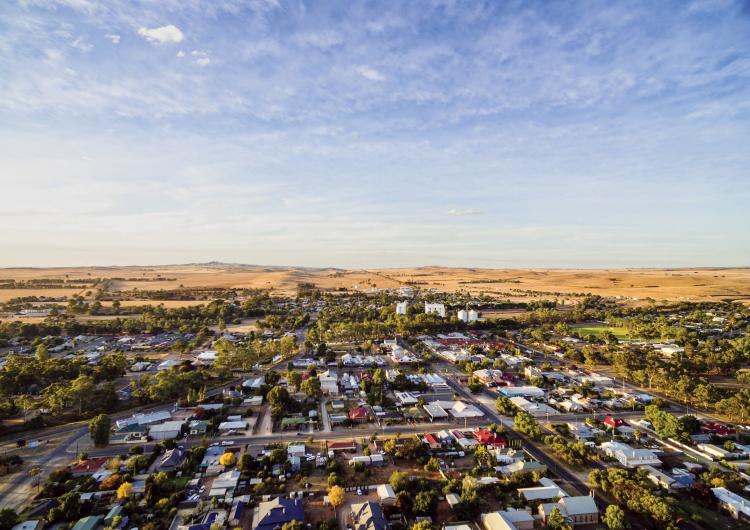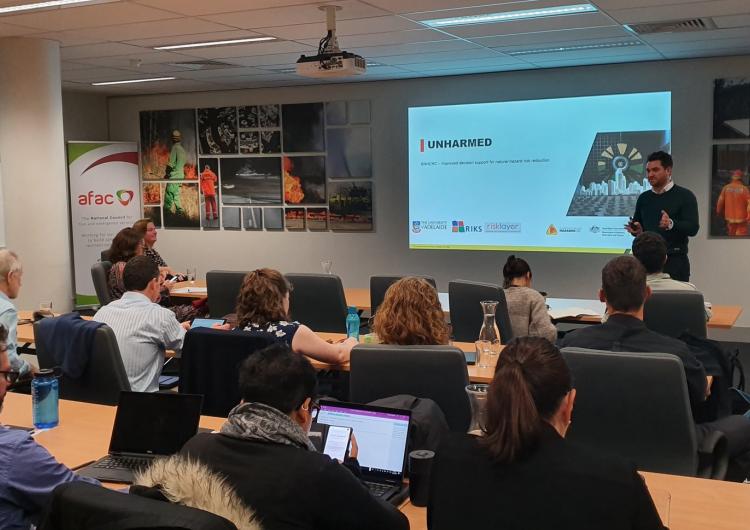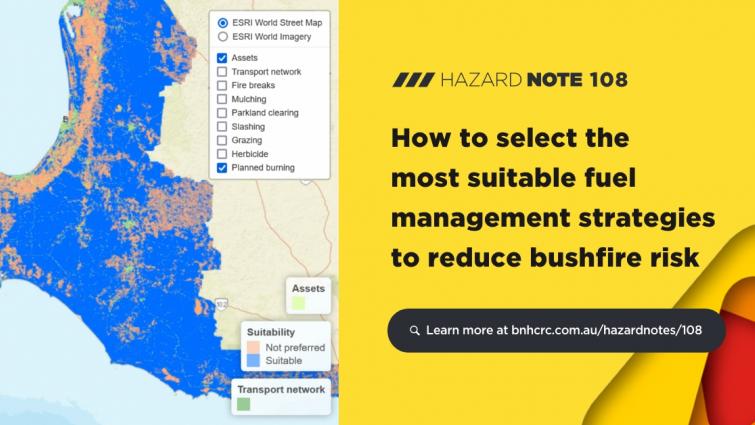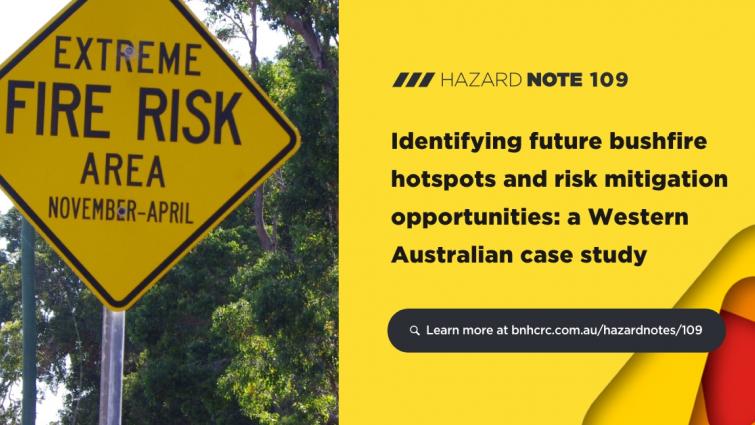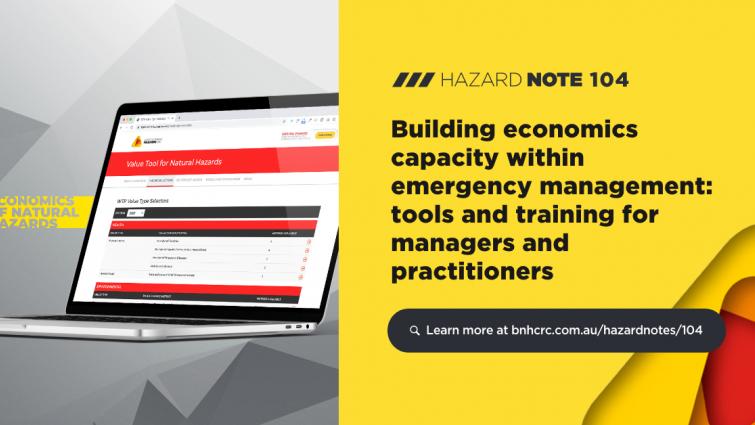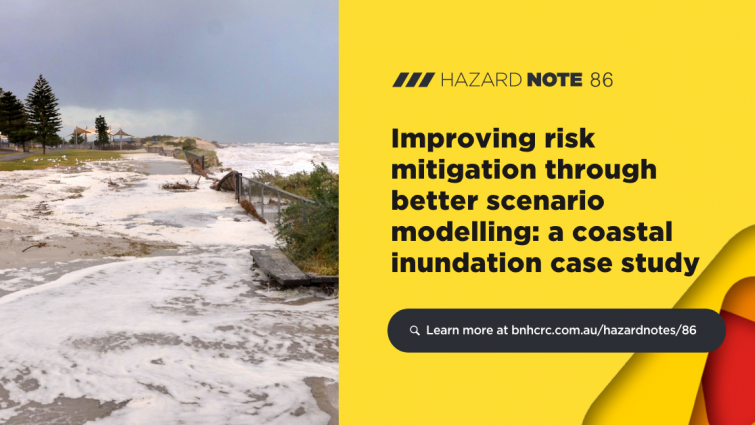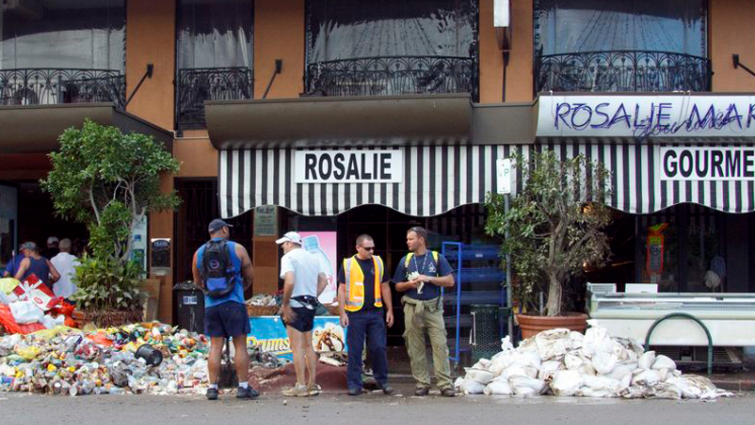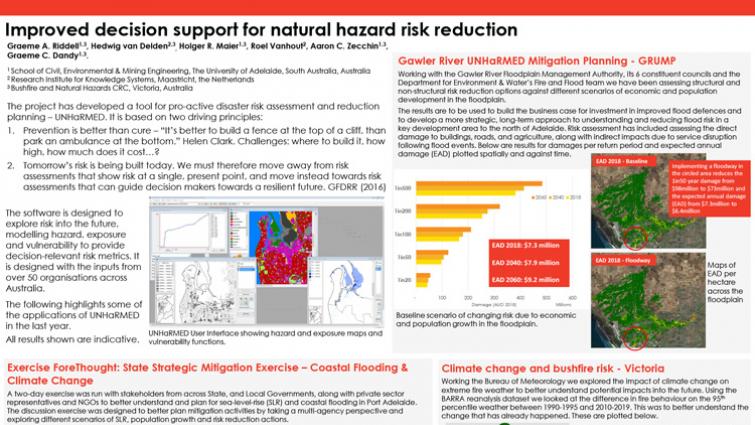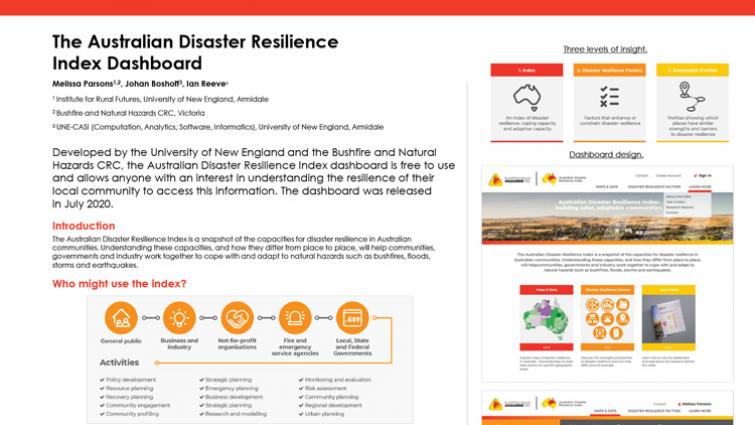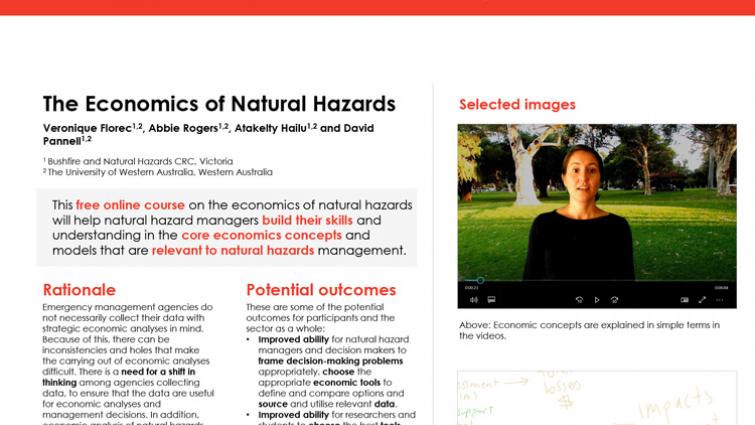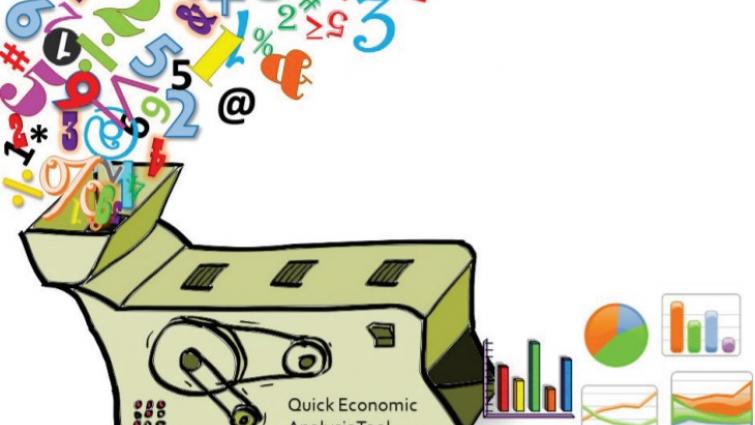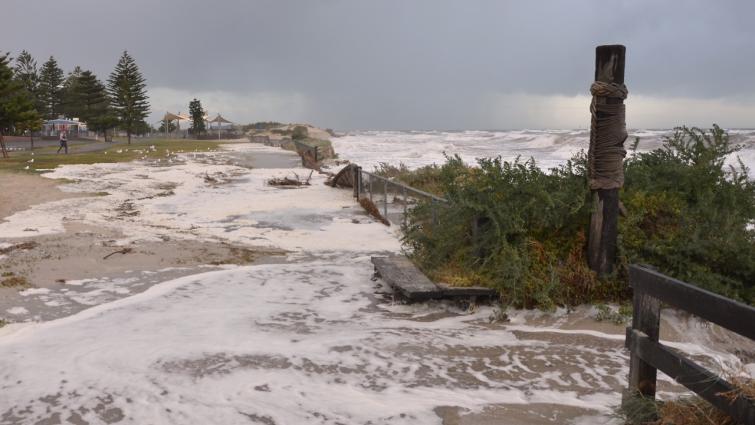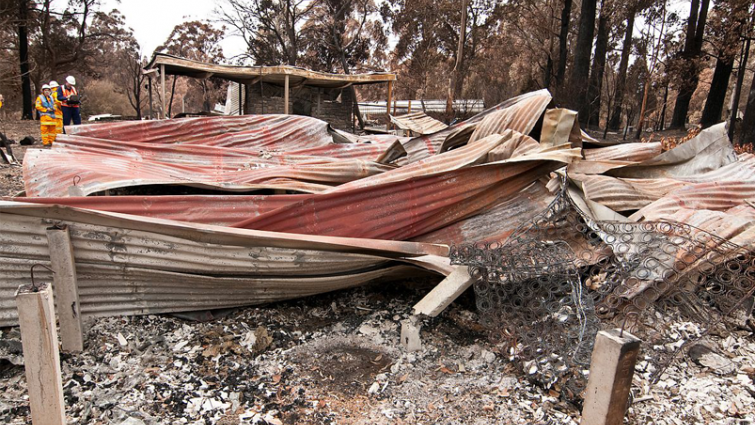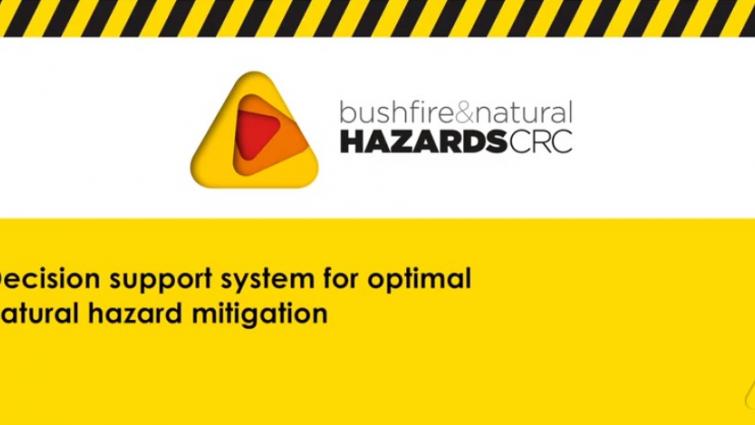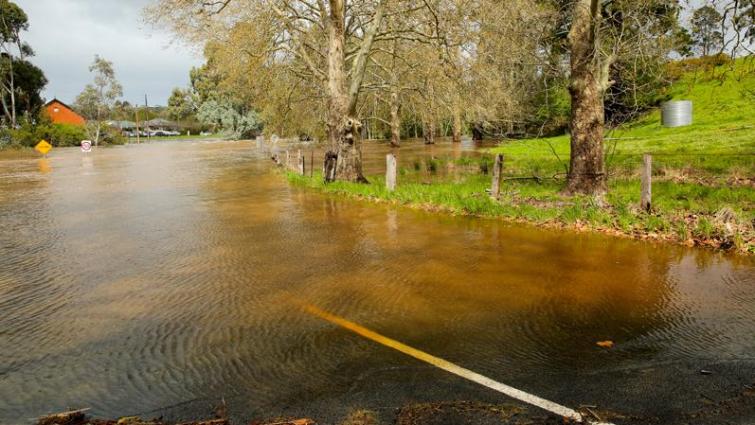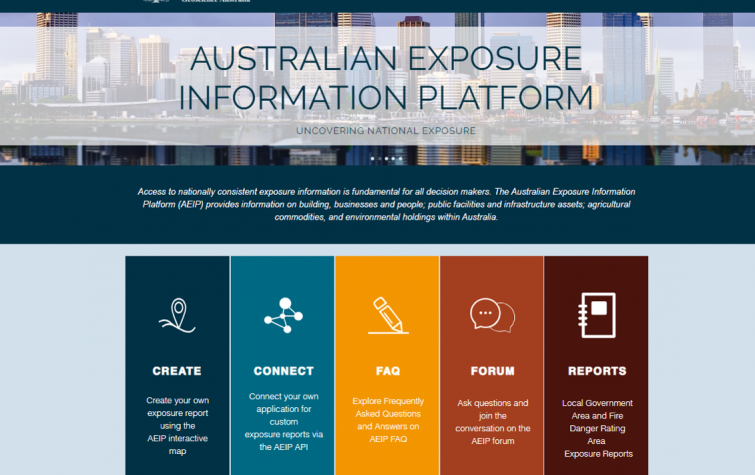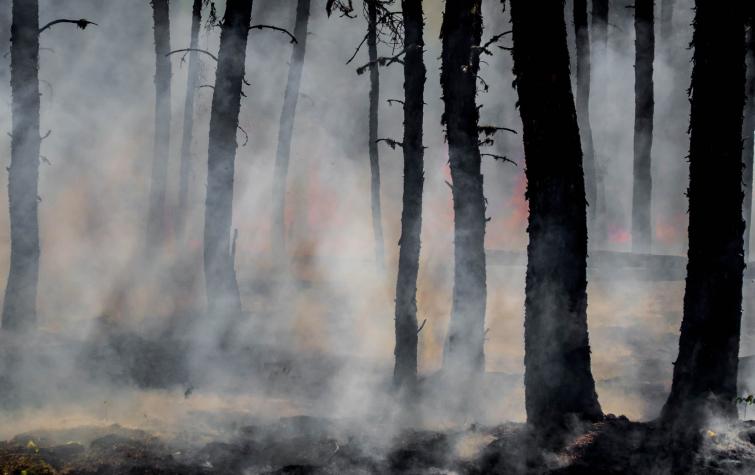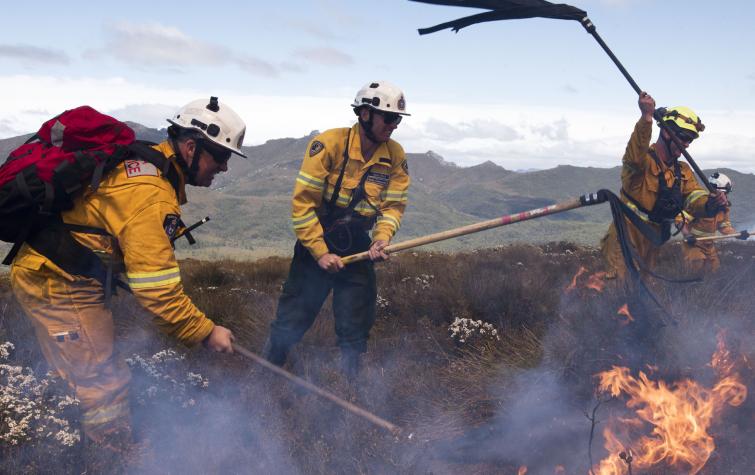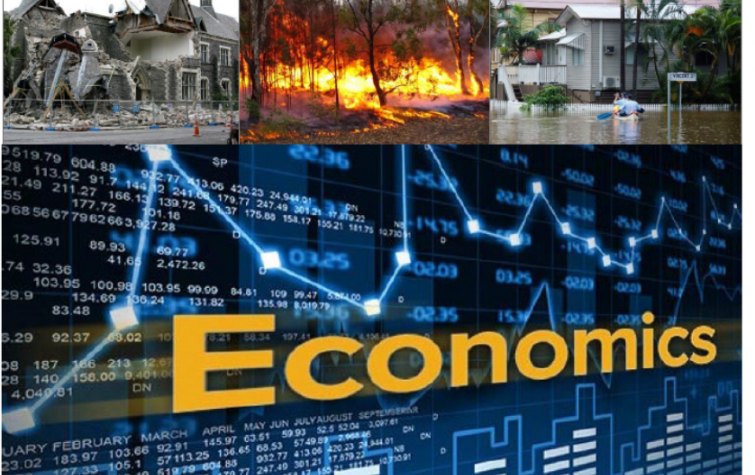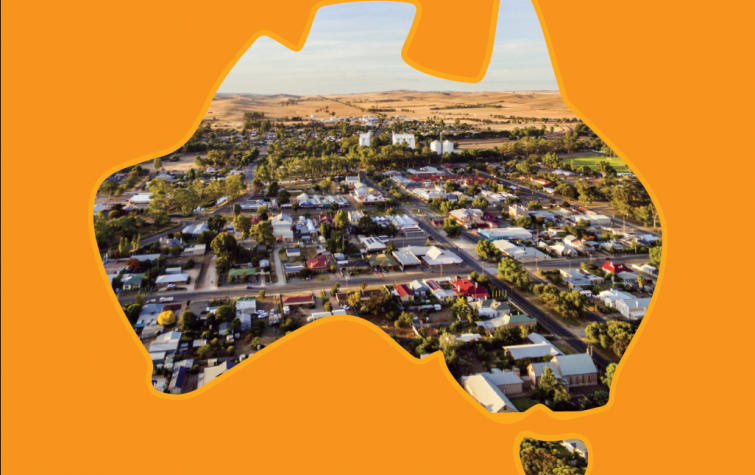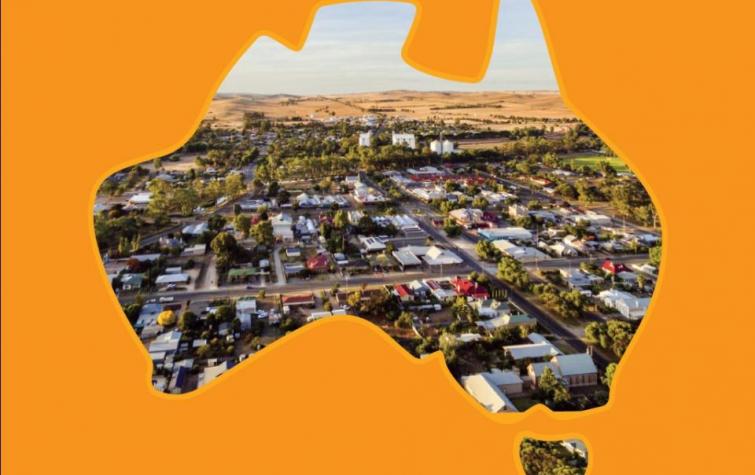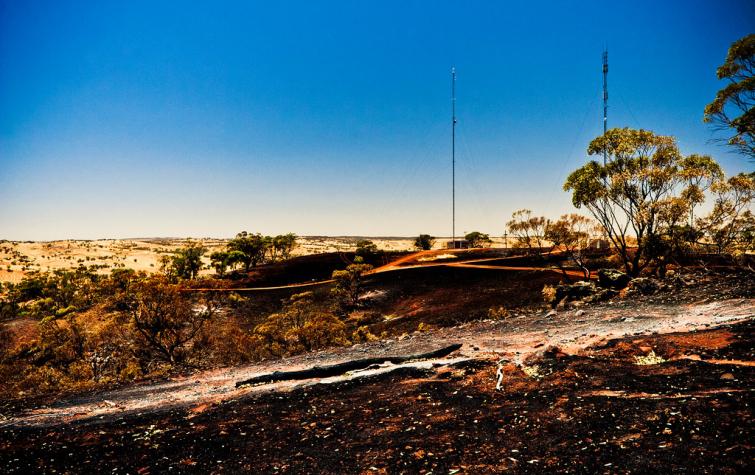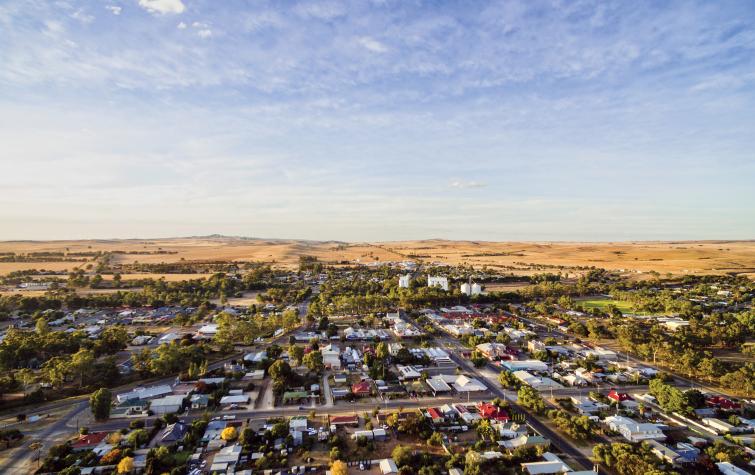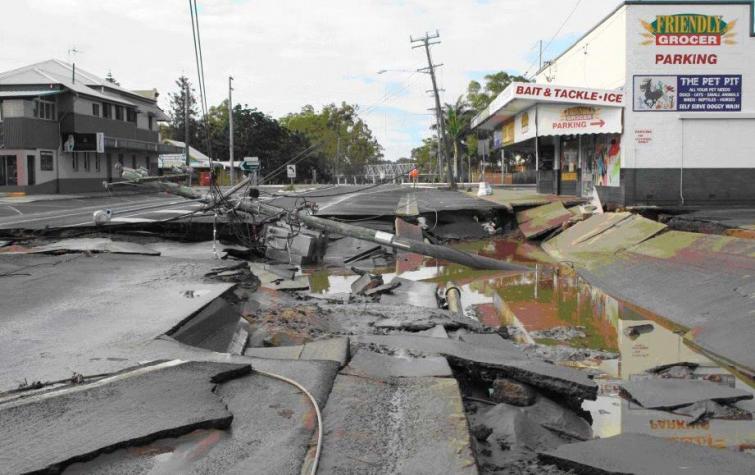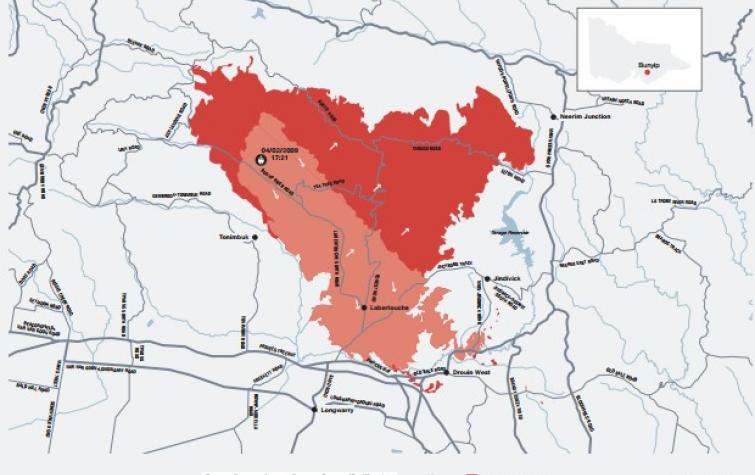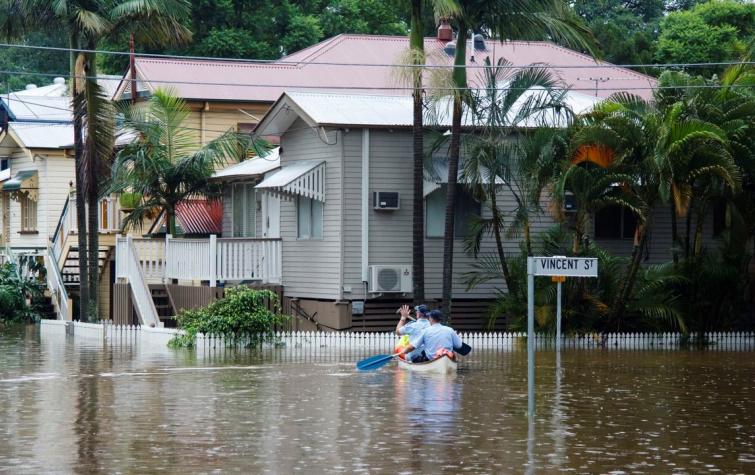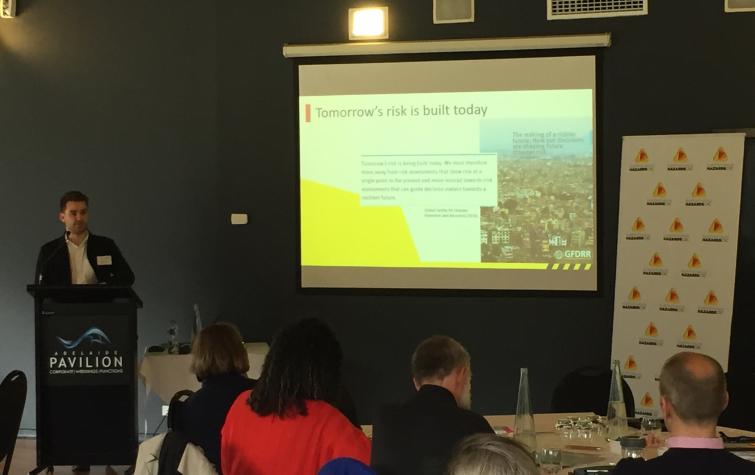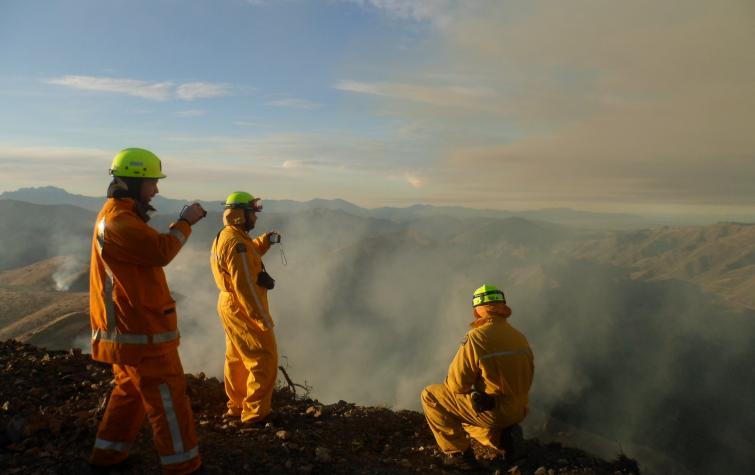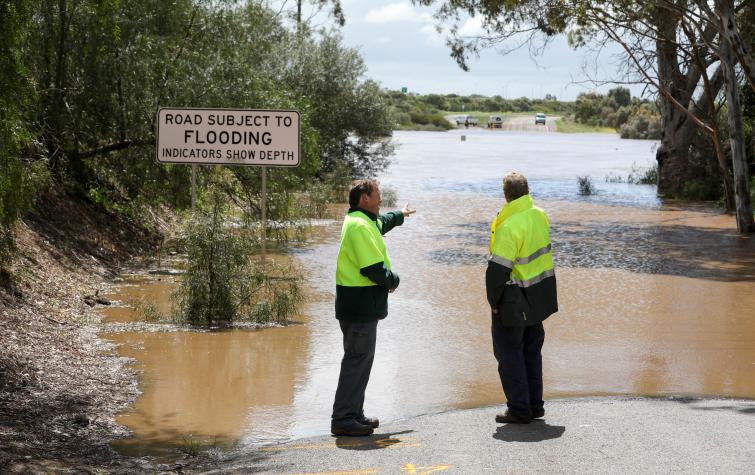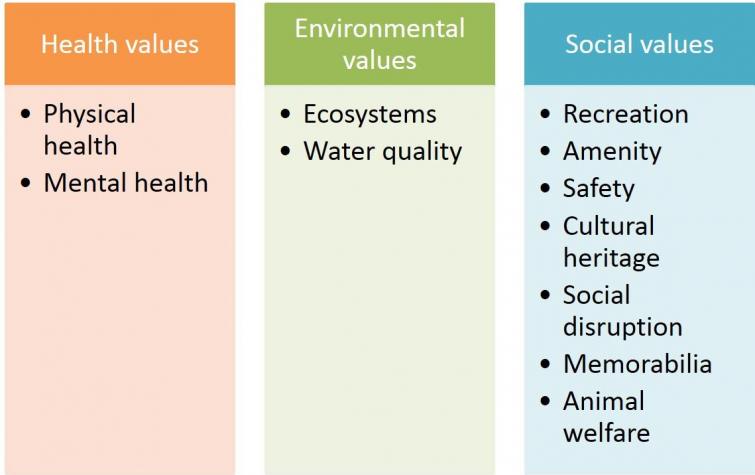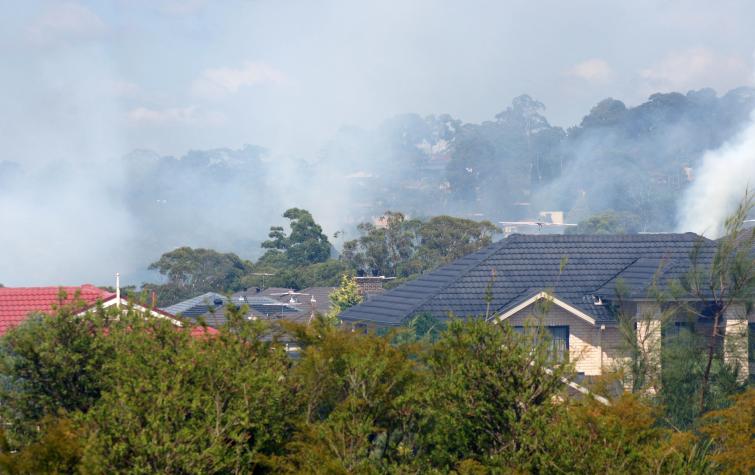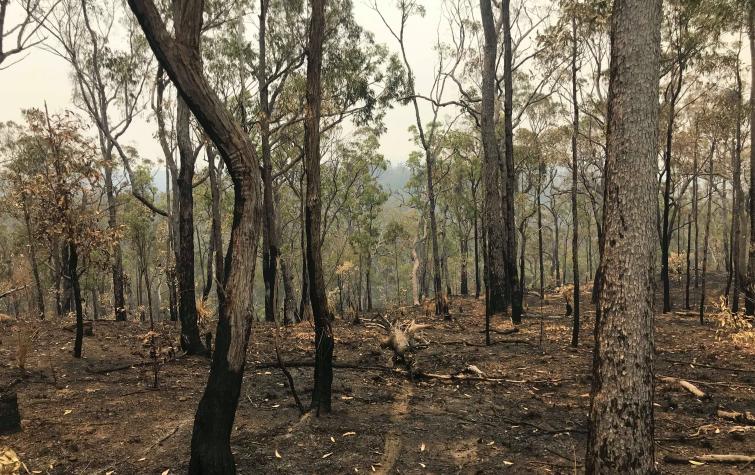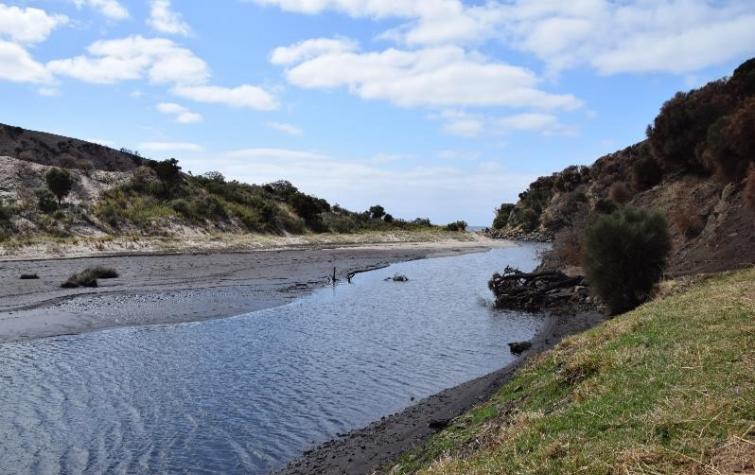
Governments and emergency management agencies are being supported by Bushfire and Natural Hazards CRC insights as they make decisions today to reduce the impacts of the natural hazards of tomorrow.
There is increasing urgency to consider how disaster risk might change into the future, what impacts this is likely to have, what the potential costs are, who will be most affected and, most importantly, what can be done to reduce this risk.
CRC research has supported a holistic approach across several academic disciplines that takes into account community values, vulnerabilities and resilience, future changes in population and demographics, climate change, multiple hazards, cascading events, adaptation, as well as a range of risk reduction strategies.
One project has co-developed a conceptual, modelling and decision support framework in conjunction with more than 40 end-user organisations in four states (South Australia, Western Australia, Tasmania and Victoria).
Another has helped natural hazards managers justify the use and allocation of resources for mitigation efforts. This study has developed a tool for generating estimates of a range of hazards management options that allows land managers to assess intangible benefits such as lives saved, health and environmental benefits, and social values. For example, a small prescribed burn might cost a lot of money and take time and resources, but what that burn protects cannot be measured by just money.
Other work is supporting emergency managers at local, state and national levels through the development of the first national index on the capacities for disaster resilience in specific Australian communities, plus a resource that identifies the varied impacts of disasters across different demographics and sectors.
Online tools
These online tools were developed with CRC research and are designed to be ready for use. The tools here have been curated for this Driving Change theme. See more tools in the other themes.
AUSTRALIAN DISASTER RESILIENCE INDEX
The Australian Disaster Resilience Index is a support tool developed by the Bushfire and Natural Hazards CRC in partnership with the University of New England. The website was developed specifically to help communities, government and emergency services take informed and practical steps to improve the disaster resilience of their local communities before, during and after natural hazards.
The Index is an industry-first assessment of the state of disaster resilience across Australia, and provides a clear pathway to improve decision making about planning, development, policy, engagement and risk assessment.
The Index measures overall disaster resilience, as well as coping capacity and adaptive capacity, of each statistical area (SA2) in Australia. It also proposes five disaster resilience profiles in Australia – nationwide collections of communities that share similar resilience strengths and constraints. This provides users with an opportunity to address the resilience of a specific area, form alliances with organisations in similar areas, and develop targeted improvements for their communities.
ECONOMIC ANALYSIS TOOLS
Bushfire and Natural Hazards CRC researchers at the University of Western Australia developed two economic analysis tools that can be used by economics professionals, planners and natural hazards managers to inform decision making and risk mitigation.
- The Economic Analysis Screening Tool allows you to determine the economic benefits of natural hazard risk management projects and compare the relative benefits of different options.
- The Value Tool for Natural Hazards contains relevant values for intangible benefits and costs that can be incorporated into economic analyses, including the Economic Analysis Screening Tool.
The Economic Analysis Screening Tool is a spreadsheet that provides a way to quickly assess different mitigation options, based on the best return on investment. This tool uses values from sources, including the Value Tool for Natural Hazards. It can be used to understand the value for money that managers can expect from investing in a single mitigation options, or to compare the relative benefits of a range of mitigation options, including the impacts on tangible (market) and intangible (non-market) values affected by natural hazards. It is intended to provide natural hazard managers with an overview of the options that are most worth developing business cases for, so that they can prioritise the type and quantity of information that is needed to improve decisions and the confidence in those decisions.
The Value Tool for Natural Hazards is an online database of peer-reviewed intangible economic values – such as health, environmental and social values – associated with the impacts of natural hazards. The values provided are designed to be used within the Economic Analysis Screening Tool and in other economic analyses, and should be used according to the guidelines for use. This tool incorporates annual Consumer Price Index (CPI) increases to the values, allowing users to use values corrected to the relevant date.
INQUIRIES AND REVIEWS DATABASE
Search through 315 emergency management inquiries and reviews from across Australia between 1886 and 2020.
The data can be sorted via disaster and inquiry type, date and jurisdiction using a simple table display. For more in-depth analysis, CSV files can be downloaded allowing you to run local queries and reports. The database also contains the full recommendations from 186 inquiries and reviews between 2003 and 2020. A facetted exploration interface enables a filter-search of 4,194 recommendations, allowing effective search and comparison through keywords and themes.
This database can be used for a variety of purposes including:
- To compare equivalent recommendations between inquiries, themes and jurisdictions
- To track inquiries across jurisdiction, year and types
- To download and work with all inquiries and listed recommendations for the particular needs of your organisation
Case studies
CRC research is driving change across communities, government and emergency service agencies, as highlighted by the case studies relevant to each Driving Change theme.
Highlights
This collection is a curation of the best and most recent news articles, Hazard Notes, videos, posters, guides, journal articles and reports relevant to this theme.
News
Resources
Publications
Projects
This selection of user-driven projects allows you to explore the detail of the research. These projects, spanning the eight years of the CRC, are especially relevant to this theme, but may appear within other themes as well.

